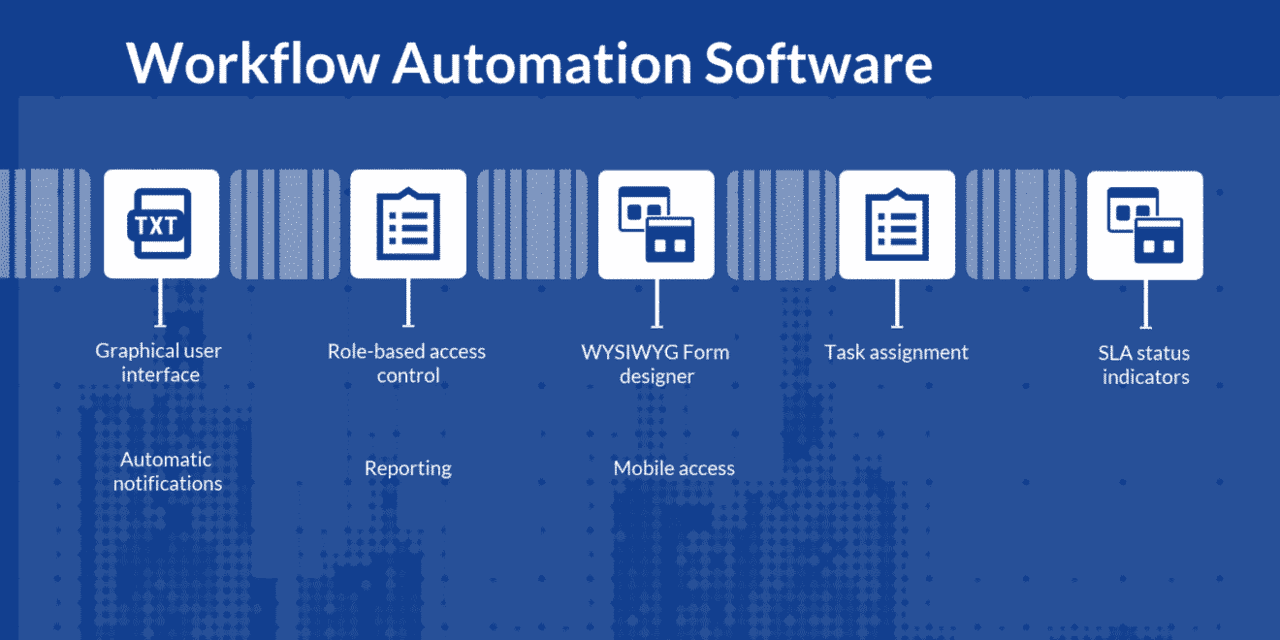Blitz News Digest
Stay updated with the latest trends and insights.
Work Smarter, Not Harder: The Sneaky Side of Workflow Automation Tools
Unlock the secrets of workflow automation! Discover how to work smarter with tools that transform your productivity game.
5 Workflow Automation Tools You Didn't Know You Needed
In today's fast-paced digital environment, efficiency is key, and workflow automation tools can be game changers for individuals and businesses alike. While many are familiar with popular platforms like Zapier and IFTTT, there are several lesser-known tools that can streamline your processes and significantly boost productivity. Here are five automation tools you didn't know you needed:
- Integromat: A powerful platform that allows users to automate complex workflows by connecting various applications and services. Its visual interface makes it easy to create intricate automations without needing extensive coding knowledge.
- Automate.io: This tool is designed for small businesses and marketers, enabling them to easily link multiple apps and automate repetitive tasks, such as lead generation and customer management.
- Tray.io: Known for its flexibility, Tray.io allows you to build advanced integrations and tailored workflows, making it perfect for tech-savvy users who need custom automations.
- Pipedream: An open-source tool that lets you connect APIs and create workflows behind the scenes, ideal for developers looking to create seamless automation without relying on third-party services.
- Airtable Automations: This feature within Airtable lets you set up actions based on changes within your base, allowing for real-time updates and communication within your project management workflows.

Is Workflow Automation Really Making You Work Smarter?
In today's fast-paced business environment, the question arises: Is workflow automation really making you work smarter? Automation tools can streamline repetitive tasks, allowing employees to focus on more strategic initiatives. By reducing the time spent on mundane duties, businesses can see improved efficiency and productivity. For instance, automating email responses or data entry can free up hours each week, which can then be redirected towards innovation and creative problem-solving.
However, it's essential to evaluate the implementation of these tools critically. While they can enhance productivity, they may also introduce complexities that can hinder workflow if not managed correctly. Businesses should ensure that their staffs are adequately trained to utilize these systems effectively. As we embrace technology in the workplace, it's vital to strike a balance between automation and human oversight. Only then can we truly say that workflow automation is helping us work smarter rather than merely faster.
The Hidden Pitfalls of Relying on Automation Tools
As businesses increasingly adapt to the digital landscape, the use of automation tools has become a popular trend. While these tools can enhance efficiency and save time, relying too heavily on automation can lead to unforeseen consequences. One major pitfall is the potential loss of the human touch in customer interactions, which can diminish brand loyalty and undermine trust. Customers often prefer personalized communication, and excessive automation may create the impression that they are merely interacting with a machine rather than a real human being.
Another hidden downside of automation is the risk of over-dependence on technology, which can lead to a false sense of security. If a business automates critical processes without thoroughly assessing their functionality, they may become vulnerable to technical failures. For instance, if an automated email system goes down, important communications may be missed, leading to loss of revenue and damaged relationships. It's essential for businesses to continuously monitor their automated systems and maintain a balance between technology and human oversight to prevent such pitfalls.